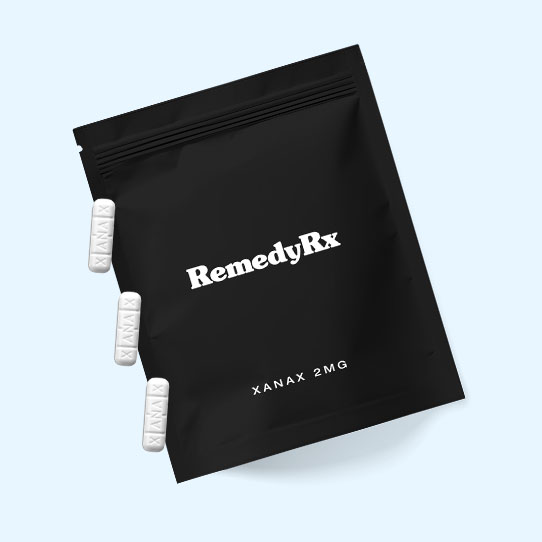What is Xanax Used For?
Xanax, generically known as alprazolam, is a widely prescribed medication in the benzodiazepine class. It is primarily used to treat anxiety and panic disorders, but it has other therapeutic applications as well. Here, we explore the main uses of Xanax, its mechanism of action, and important considerations for its use.
1. Treatment of Anxiety Disorders
Xanax is most commonly prescribed for the management of anxiety disorders, including Generalized Anxiety Disorder (GAD). It helps reduce symptoms such as excessive worry, restlessness, and tension.
- Generalized Anxiety Disorder (GAD): Xanax helps manage chronic anxiety, characterized by excessive, uncontrollable worry about various aspects of daily life.
- Social Anxiety Disorder: It can be used to alleviate the intense fear and anxiety associated with social interactions and performance situations.
2. Management of Panic Disorders
Xanax is also effective in treating panic disorders, which are characterized by sudden episodes of intense fear and discomfort known as panic attacks. These attacks can include symptoms like rapid heartbeat, sweating, trembling, and a fear of losing control or dying.
- Panic Disorder: Xanax helps reduce the frequency and severity of panic attacks, providing relief to individuals who experience these sudden episodes of extreme anxiety.
3. Short-Term Relief of Anxiety Symptoms
In addition to its primary uses, Xanax can be prescribed for short-term relief of anxiety symptoms associated with depression or other medical conditions. It is particularly useful when rapid symptom control is needed.
- Acute Anxiety: For situational anxiety or acute stress reactions, Xanax can provide quick relief due to its fast onset of action.
4. Off-Label Uses
While not officially approved for these purposes, Xanax is sometimes used off-label for conditions such as:
- Insomnia: Due to its sedative effects, Xanax can be used to treat difficulty falling or staying asleep.
- Premenstrual Syndrome (PMS): It may be prescribed to alleviate severe anxiety and tension associated with PMS.
5. Mechanism of Action
Xanax works by enhancing the effects of gamma-aminobutyric acid (GABA), a neurotransmitter in the brain that promotes relaxation and reduces neuronal excitability. By increasing GABA activity, Xanax helps to calm the nervous system, leading to reduced anxiety and panic symptoms.
6. Important Considerations
- Dosage and Administration: Xanax should be taken exactly as prescribed by a healthcare provider. Dosages vary based on the condition being treated and individual patient response.
- Potential for Dependence: Due to its habit-forming potential, Xanax is generally prescribed for short-term use. Long-term use can lead to physical dependence and withdrawal symptoms.
- Side Effects: Common side effects include drowsiness, dizziness, and coordination problems. More serious side effects should be reported to a healthcare provider immediately.
Conclusion
Xanax is a versatile medication primarily used to treat anxiety and panic disorders, providing rapid relief from symptoms. It works by enhancing the calming effects of GABA in the brain. While effective, it should be used under strict medical supervision due to its potential for dependence and side effects. For more detailed information on Xanax, refer to this Wikipedia article.
For professional guidance on using Xanax and managing anxiety or panic disorders, consult with a healthcare provider. At Remedy Rx, we offer comprehensive support and a range of medications to help you achieve optimal mental health. Visit our shop page for more information.



